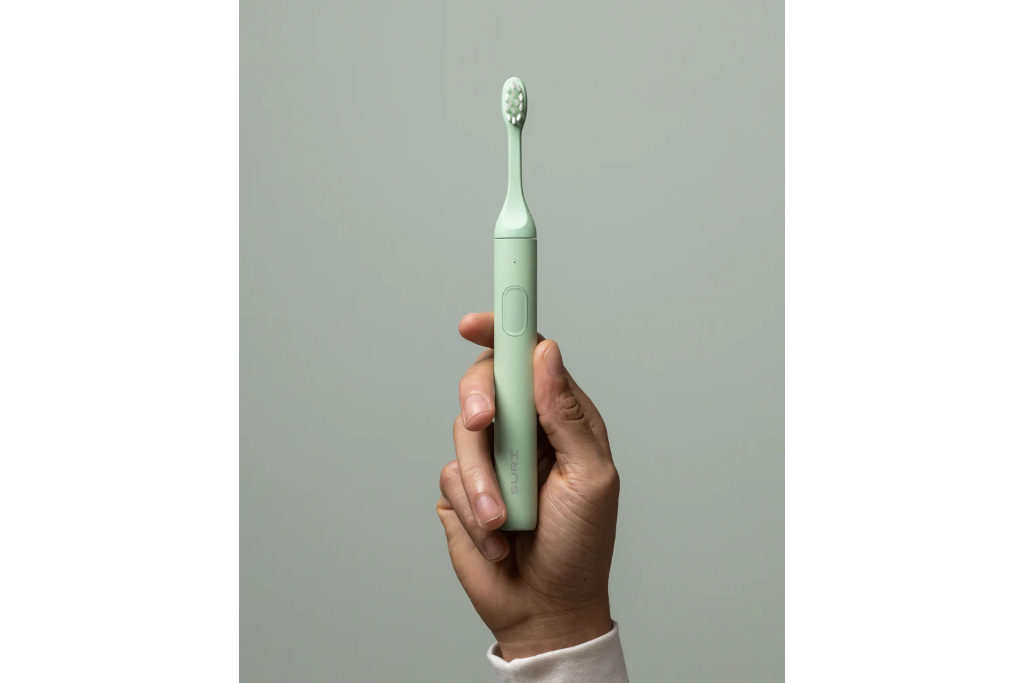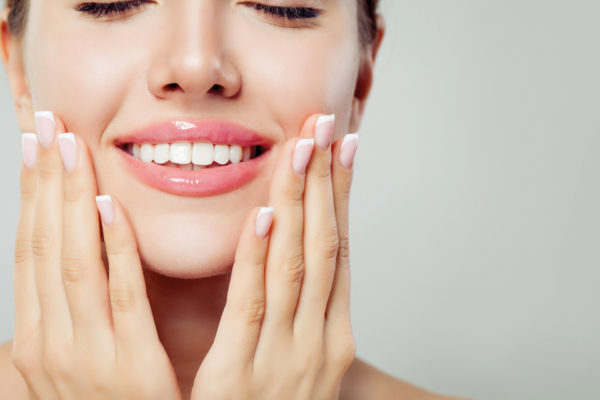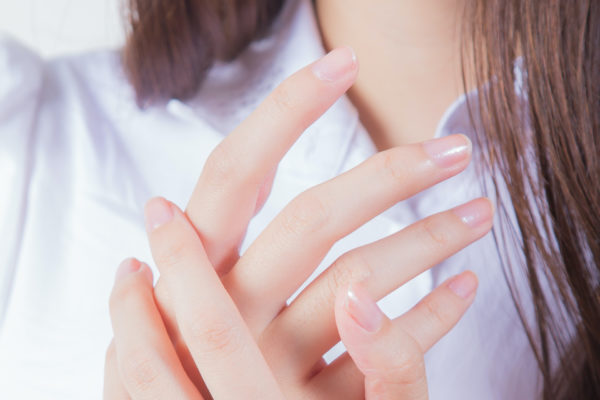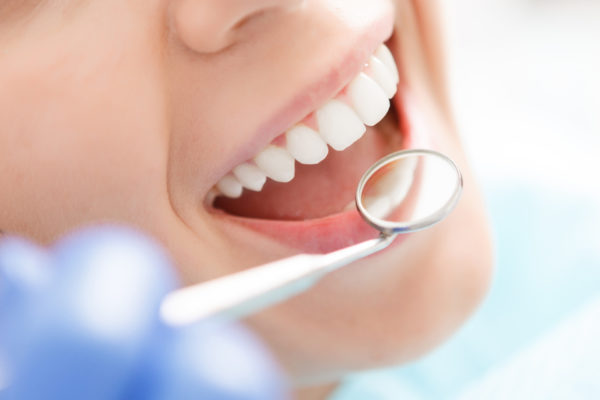How To Find The Best Electric Toothbrush
By
2 years ago
Buzz-buzz your way to pearly whites
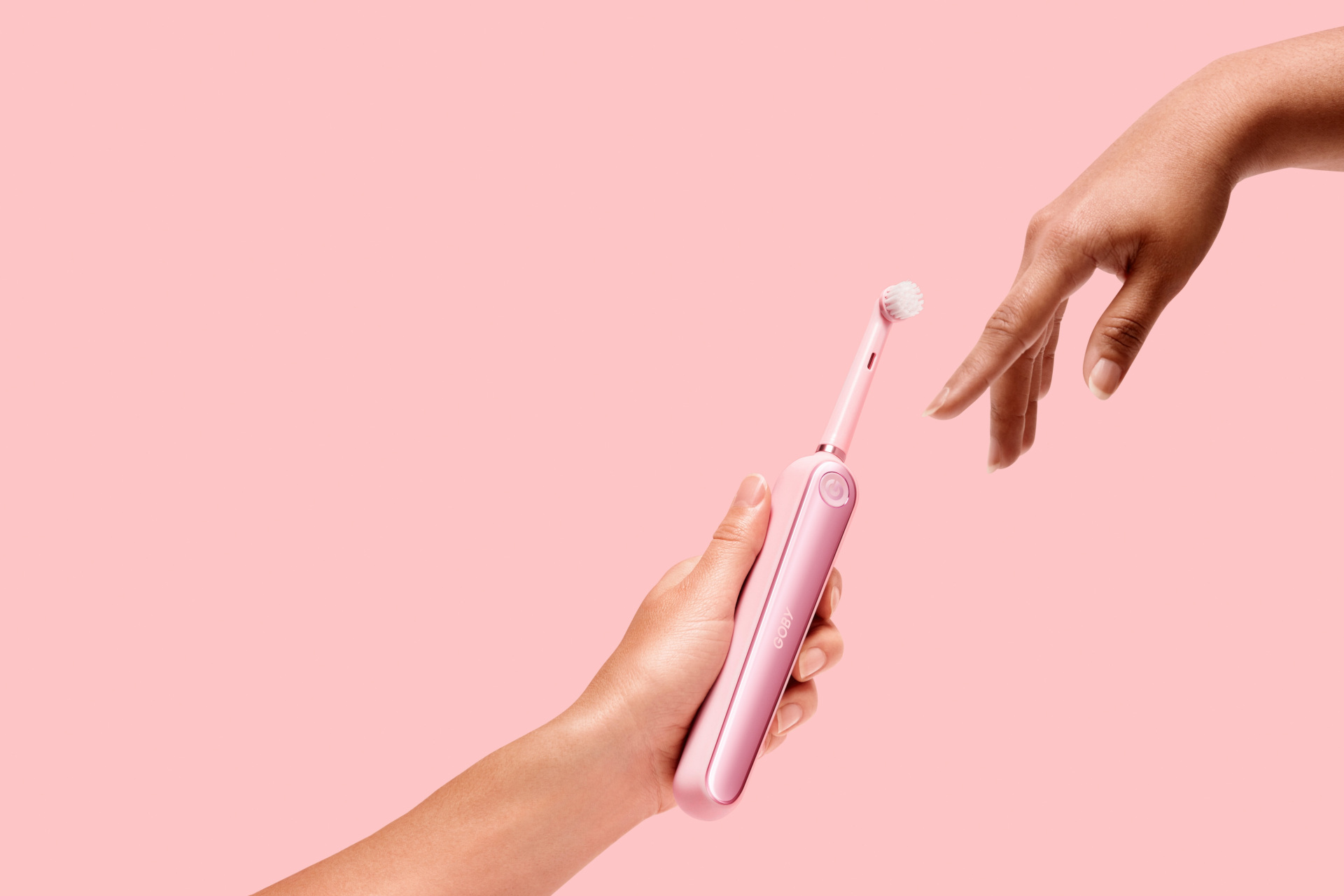
Keen to dive into you dental routine? If you’re considering an upgrade, the first stop is a snazzy new electric toothbrush. We ask our team of dental experts how we can find the most effective brush for our routines, as well as tips for brushing and maintaining oral health. At the end of it all, you’ll find our edit of the best electric toothbrushes on the market right now. Happy brushing.
How To Find The Best Electric Toothbrush
What is an electric toothbrush and how does it work?
‘An electric toothbrush is instantly recognisable as a toothbrush that makes rapid automatic bristle motions, either back-and-forth oscillation or rotation-oscillation, in order to clean your teeth,’ says Dr Reena Wadia, gum specialist and founder of RW Perio. ‘Typically powered by a rechargeable battery, an electric toothbrush moves a small brush head at high speed, rotating in different motions and vibrating against the teeth and gums to support with plaque removal.’
How does they differ from a manual toothbrush? Are they better for us to use?
On the whole, electric toothbrushes can be the best option for cleaning our teeth due to being gentler and better at plaque removal. ‘Although slightly more costly (but you don’t need to spend a fortune!), I do suggest that my patients invest in an electric toothbrush if they are not effectively brushing with a manual toothbrush,’ says Dr Sam Jethwa, Vice President of The British Academy of Cosmetic Dentistry and co-founder of Bespoke Smile. ‘They are much more effective at removing plaque and preventing cavities than a manual toothbrush. Over-brushing can also be avoided using an electric brush, as they generally have warnings that can indicate excess pressure, thus saving people from gum recession in some cases.’
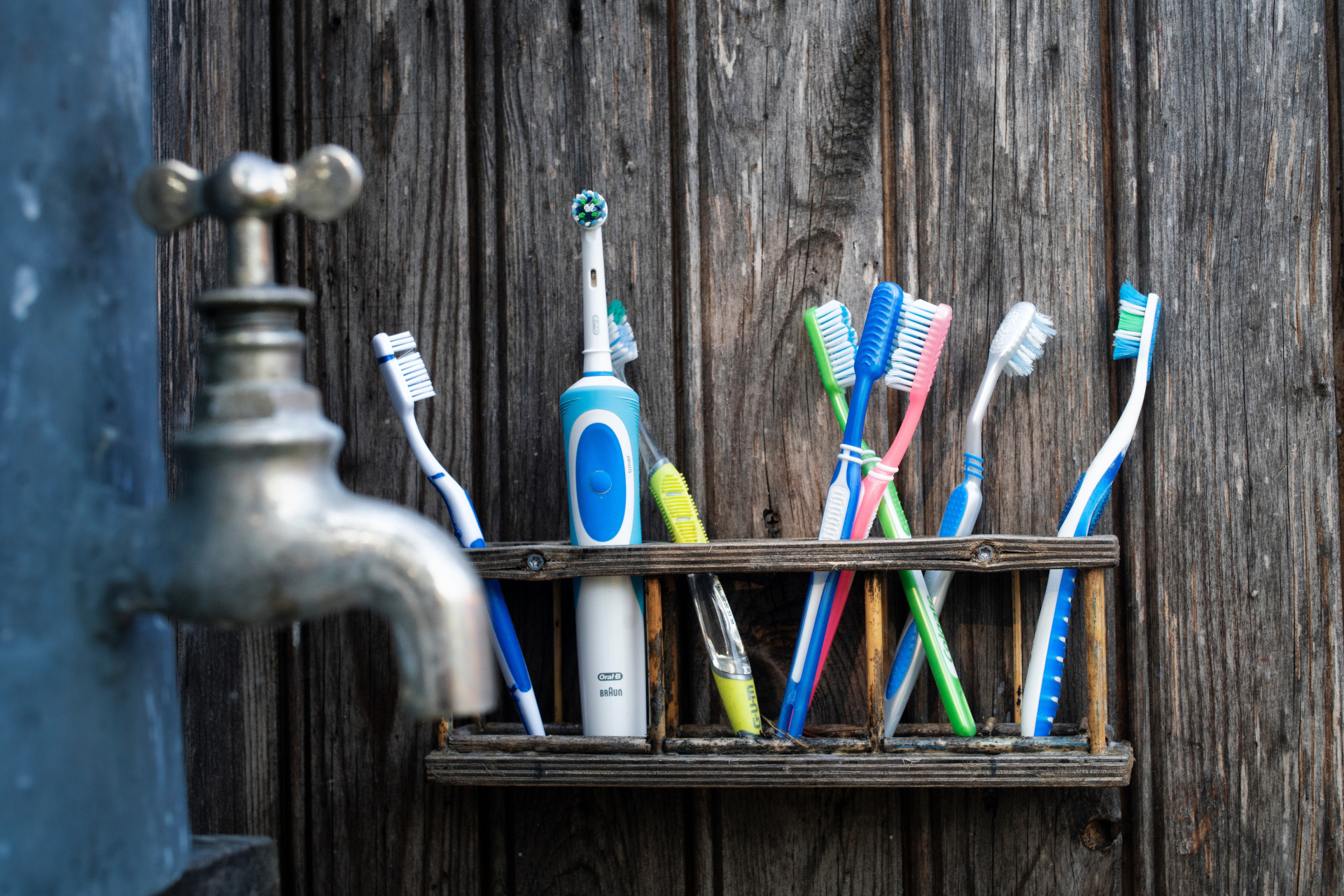
Henrik Lagercrantz, Unsplash
Are there different types of electric toothbrushes? What’s the difference between them?
When it comes to electric toothbrushes, there are two types to choose from: oscillating and sonic. ‘Oscillating toothbrushes (as the name suggests) oscillate back and forth to help remove plaque, while rotary toothbrushes rotate in a circular motion,’ says Dr Reena. ‘They both do a great job at removing plaque from the teeth compared to a manual toothbrush.’
‘The oscillating toothbrush will produce circular motions, whilst rotating to ensure all parts of the tooth are cleaned. The sonic toothbrush is similar to a manual toothbrush as the head is rectangular, this toothbrush works by using vibrations to clean the tooth and break through the plaque,’ adds Dr Jethwa. ‘Both types of electric toothbrush are effective, however you will have to work harder at your technique if using a sonic brush.
‘A lot of electric toothbrushes can come with a whitening mode. While this can be useful, if you are looking to whiten your teeth, then brushing alone will not give the best results, so try not to choose your toothbrush based on this. Consult your dentist to discuss teeth whitening treatments.’
What’s the best practice when using an electric toothbrush?
Use A Fluoride Toothpaste
‘In order to maintain healthy teeth and gums, it’s vital that people brush their teeth twice a day with a fluoride toothpaste,’ highlights Dr Jethwa. ‘Failing to do so can lead to a build up of debris and plaque which results in decay and cavities. It’s important to use a fluoride toothpaste because fluoride has been extensively researched in terms of how it strengthens tooth enamel – the hard outer covering on teeth – and reverses tooth decay.’
Clean One Tooth At A Time
‘You need to place the toothbrush at a 45-degree angle against the spot where the gums and teeth meet, angle upwards for the upper teeth and downwards for the lower teeth,’ instructs Dr Reena. ‘Spend a few seconds on each tooth. For those with established gum disease, you are likely to need more than two minutes.’
‘Your toothbrush should clean one tooth at a time, but this can vary depending on the size of your teeth or toothbrush,’ adds Dr Jethwa. ‘Thoroughly brushing your teeth will remove plaque – the sticky film which covers the teeth. Plaque forming is normal but, if it is not removed it can lead to poor oral health such as cavities and gum disease.
‘Once you have brushed the outside surface of the tooth, repeat from the inside of the mouth. So many people do not realise how important it is to brush their teeth from the inside of the mouth, not just the outside. Gently direct your brush along the gum line, tongue and roof of the mouth. You should brush your teeth for around two minutes, and many electric toothbrushes have timers for this so you can keep track.’
Don’t Apply Too Much Pressure
You should also avoid putting too much pressure on your teeth while brushing, says Dr Jethwa. ‘You do not need to press hard whilst brushing your teeth with an electric toothbrush. A lot of people make the mistake of thinking that the harder they brush their teeth the cleaner they’ll get. However, applying too much pressure to the toothbrush when brushing can damage the tooth enamel and also cause the gums to recede. I recommend an electric toothbrush that gives off a warning when too much pressure is applied.’
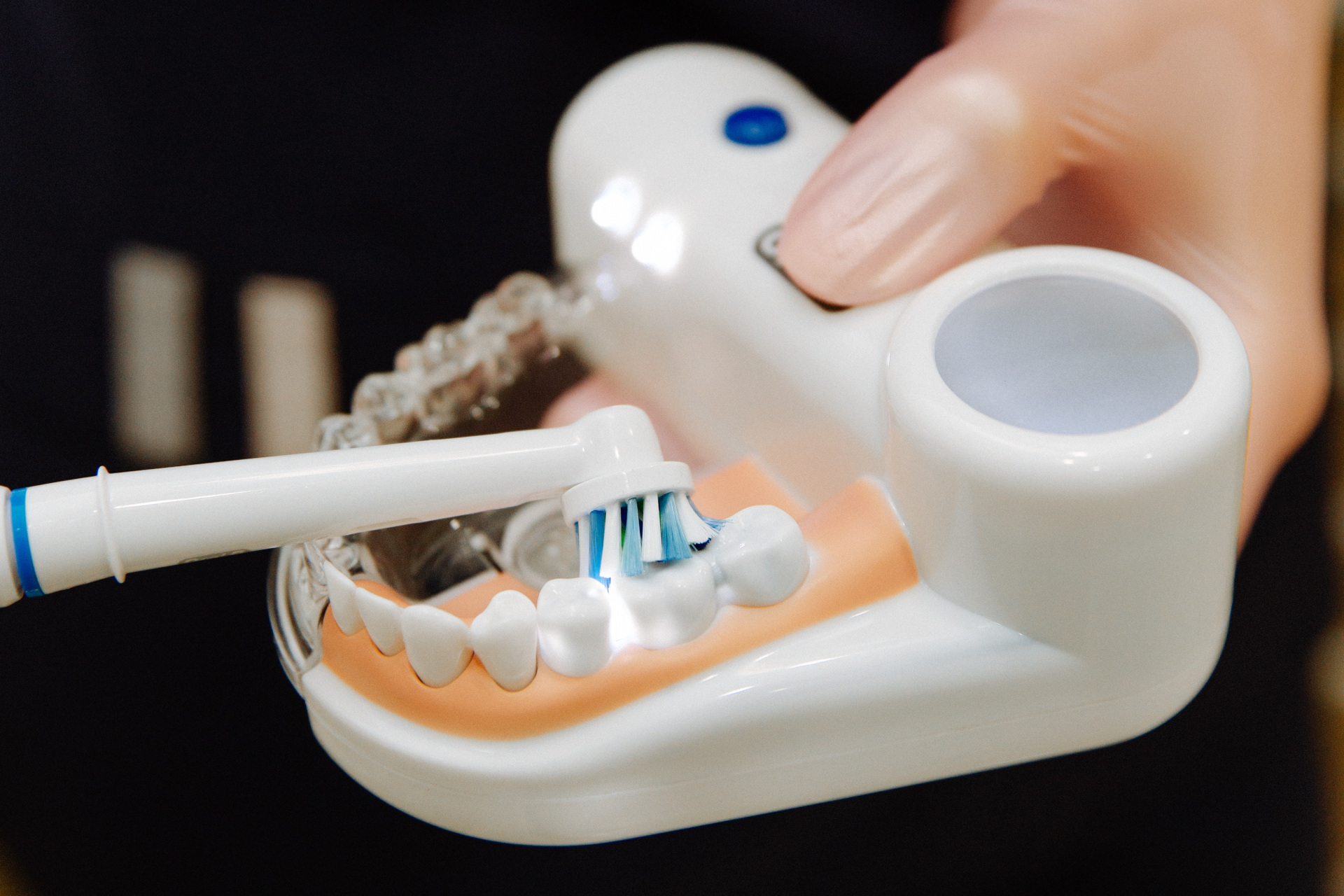
Polina Zimmerman, Pexels
What qualities should we look out for when looking to buy an electric toothbrush?
Dr Reena recommends looking for toothbrushes wit sensors and timers: ‘Pressure sensors can ensure that you are not overbrushing as excessive pressure can harm both your teeth and gums. A two-minute timer is standard on most models; however, as it is recommended to spend 30 seconds per quadrant, some brushes signal when it is time to move area. Bluetooth is often used to connect to a phone app which can help track progress.’
‘When choosing your toothbrush, whether it is electric or manual, opt for one with bristles that will get between the teeth and into the gumline, as these are harder to reach with a rectangular manual toothbrush head,’ adds Dr Jethwa. ‘I would also recommend a toothbrush with a smaller, round brush head. Contrary to what one may think, this actually enables you to reach more of your mouth than a larger brush would, such as the wisdom teeth far back in the mouth.’
How often do you need to replace your electric toothbrush?
‘It’s advisable to change the head of your electric toothbrush every three to four months,’ says Dr Jethwa. ‘However, this does vary depending on the individual. If your bristles are splaying, looking worn out or feeling less stiff, then you should change it. This is because, if the bristles aren’t in good order and have lost their stiffness, they won’t be cleaning your teeth and gums effectively. It’s also advisable to change your toothbrush sooner if you’ve been unwell, in order to avoid the harbouring of germs on the brush.’
What else can you do to improve your oral health?
Below, Dr Reena lists some of the things you can incorporate into your dental routine to ensure optimal oral health:
Tongue Scraping
‘Tongue scraping and cleaning can be a helpful part of your oral healthcare regime. The tongue is made up of lots of little crypts, which can harbour bacteria and debris. If these are not regularly removed, a tongue coating forms.’
Interdental Brushes & Floss
‘Cleaning between your teeth is essential. If you don’t, it’s a bit like only washing one side of a dirty dish and then using it again. You need to clean all surfaces. Interdental brushes are ideal but if they don’t fit then use floss. Once a day is key. ’
Fluoride Toothpaste
‘Always use a toothpaste containing fluoride. If you have specific issues like tooth sensitivity, find a toothpaste which helps tackle this. Always spit and don’t rinse out your mouth after using the toothpaste or it will wash away all the good stuff!’
Mouthwash
‘This is great as a breath freshener but should be used at a different time to brushing or it will wash away all the ‘good stuff’ in the toothpaste.’
What’s The Best Electric Toothbrush?
Note that you should talk with your dentist or hygienist for the most effective recommendation, as they can identify the style and brand of brush best suited to your individual requirements.
Featured image: Goby, Unsplash






